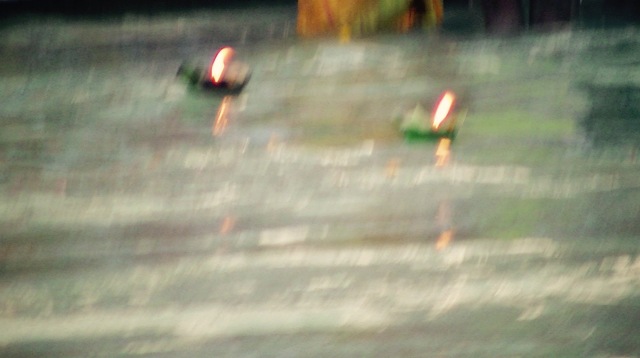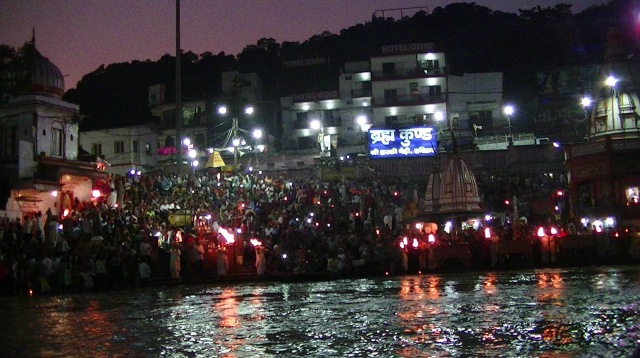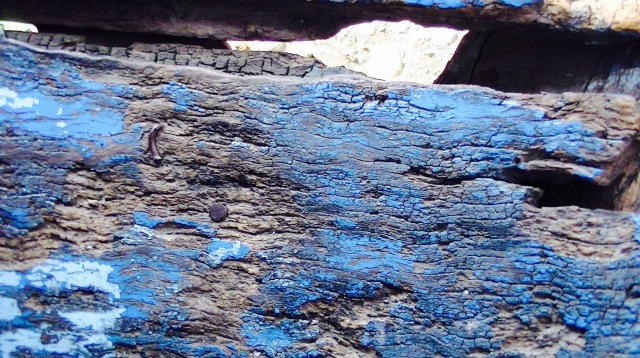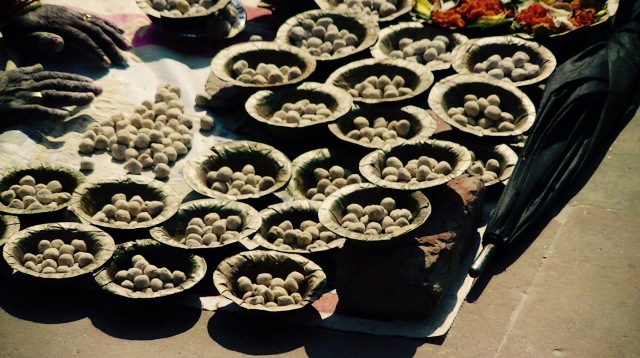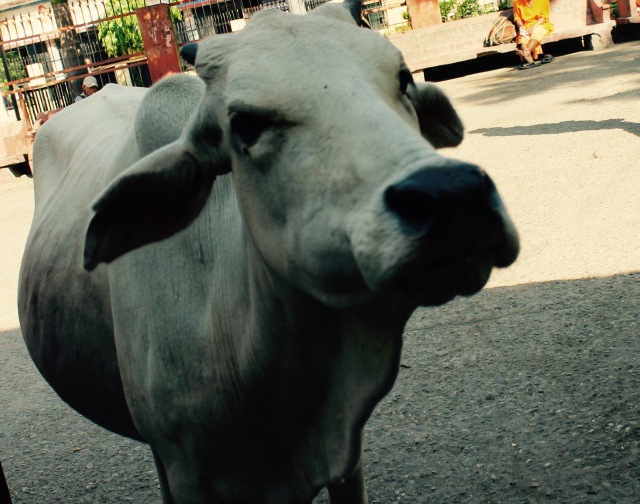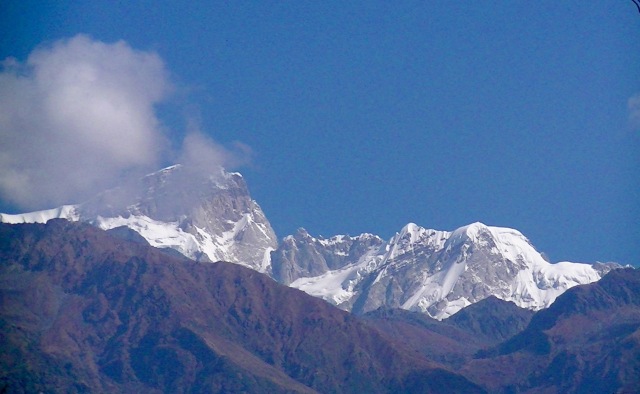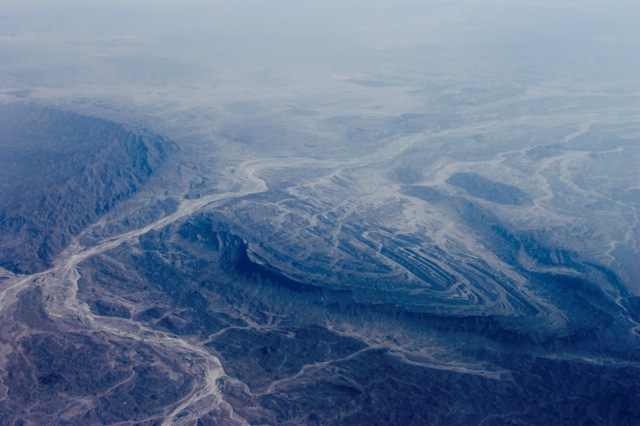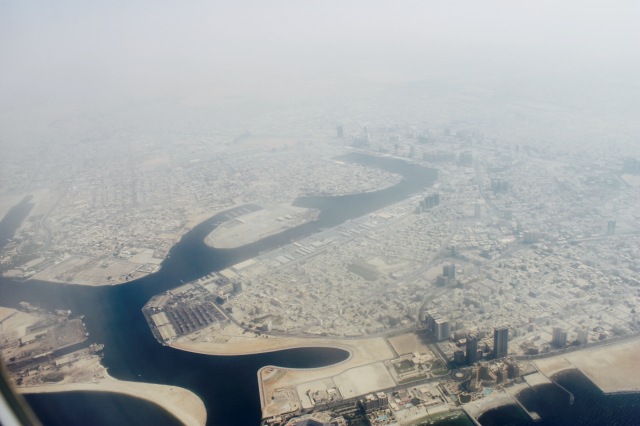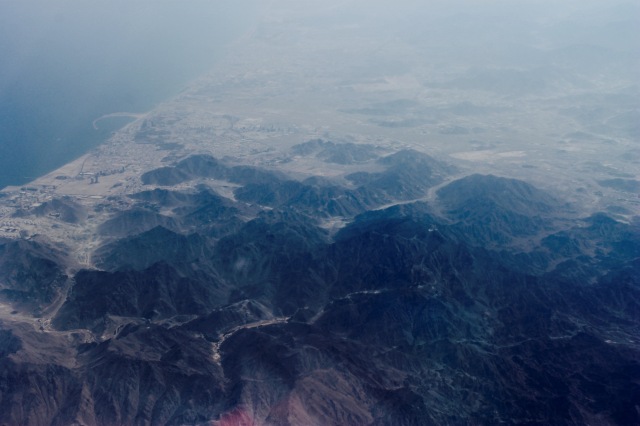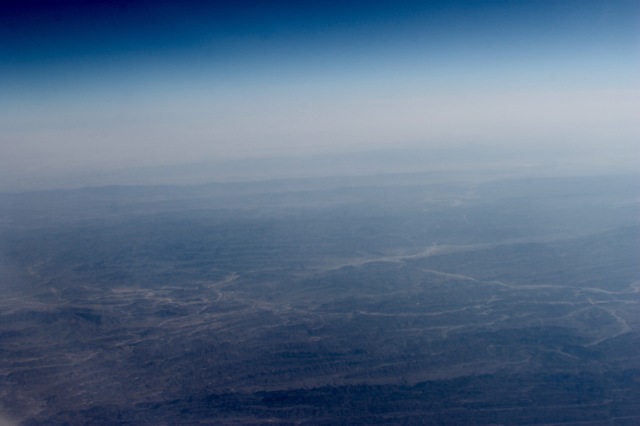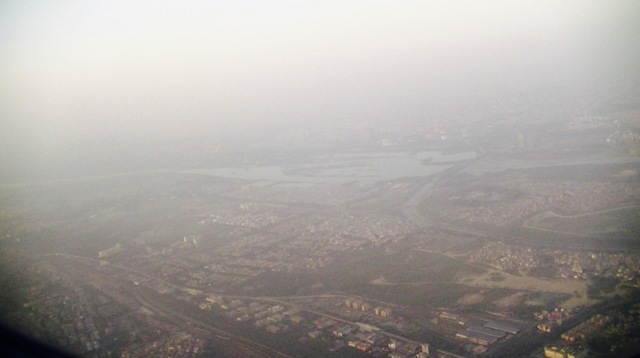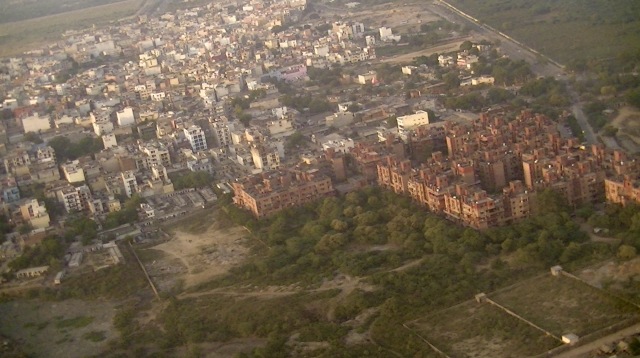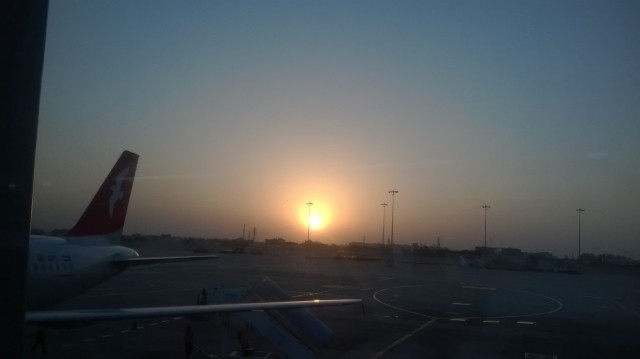 I have written, rewritten, read, reread, edited, added, deleted and generally done to death those notes on my first time pilgrimage. All that needed to be said has been – or should have been, logically, seven posts later. I also took to heart an advice to ‘put it all together in one place for god’s sake, so that we can read it in one go, not in bits and pieces from here and there’ and did sum it all up in one piece for translation.
I have written, rewritten, read, reread, edited, added, deleted and generally done to death those notes on my first time pilgrimage. All that needed to be said has been – or should have been, logically, seven posts later. I also took to heart an advice to ‘put it all together in one place for god’s sake, so that we can read it in one go, not in bits and pieces from here and there’ and did sum it all up in one piece for translation.
[Now, will the Malayalam publication that had asked me for the story still accept it after almost two months past deadline is a question I am tossing up in the air. It can fall either way. Or just fly away!]
So what is left to say now, you might wonder. Well, the thing is, with me there’s always something to say. Al-ways.
And here I am, talking about the one thing that never ceases to fascinate: people. This time, people I saw in the course of my journey. My choice of ‘saw’ as against ‘met’ is deliberate – most of these photographs are of people I saw in passing; some even taken without their permission. I normally don’t do that – makes me feel as if I am violating their privacy. In this instance I did, and I’m begging their pardon now, after the deed is done.
I would have liked to add to this the photographs of my fellow pilgrims – they were so interesting! But since I’m not sure it would be appropriate, I’m just going for the strange faces…
Fascinating faces… faces with stories to tell.

I saw him in Haridwar as we waited for Ganga Aarti. He was making his way through the crowd with a small diya made of leaves and a few flowers in his hands. He was determined to offer it to the river with his own hands – and did it too, disregarding the protests of the people he pushed and shoved out of the way to get there.

To me he is the face of Sitapur market. Among the rows of shops where they were selling equine paraphernalia, his stood out for some reason. Determination, perhaps? The will to survive – in that desolate township that has been half washed away by the floods? I don’t know. I just felt the need to capture that face – and in those surroundings.

He was there outside Triguni Narayan temple, an angry, foul-mouthed old man with many axes to grind. He chose to be provoked by what he thought he heard someone speak, and started raging. In the process he terrified many of the members of my group who were already shaken by the desolation of that part part of Himalayas. Living example of how not to grow old.

We saw her walking down the non-existent path in the mountainside carrying this burden. Bowed down by it, she just kept walking, not heeding the group that was for once silenced by the sight. Life there seemed relentless.
These are sights from Joshimath, where narrow paved pathways connected houses and shops, and people were manoeuvring their way through them with heavy loads. Note how the man has to sidle his way as the planks would otherwise hit the wall.

Loved this lady on the spot! Met her while we were walking from the bus to Mana Gaon. She told us that her children were all working and very well placed too, thank god, but she still likes to work for ‘timepass’. When asked if I could take a picture with her she said: Hum to sundar nahi hain na? Isliye to aap photo kheench rahe hai! Now if that isn’t fishing, what is?
We assured her that she was sundar which was why we wanted to take a picture with her. Oh you should have seen the way she bloomed! She posed with me and allowed me to click solo pictures of her too. Must have been a force to reckon with, in her youth… I can just see the neighbourhood men going gaga over this one.
I saw them on the way to Ganesh Gufa. The lady refused to look up when I asked permission to take a photograph, muttering ‘Everyone wants to take pictures, but no one wants to buy anything. I won’t look up and smile for your camera.’ And true to her word, it was only after I bought some herbs that she deigned to look up and pose for me!

This sweet lady, on the other hand, was very fine with being photographed. It was only afterward that she tried to sell anything. She patiently waited when I told her I’d buy on the way back as I had run out of change, and was thrilled when I actually came back for my purchase.

Just because I found her quaint! Oh-so-serious Li’l Ms Muffet was sunning there by the wayside, within view of her grandparents. She was pleased to be photographed, though you wouldn’t think so looking at her looking at me.

Ok, let me admit to a bit of cowardice here. I’d have loved to take a good shot of him; he was in the little temple near Bhim Pul. But he looked intimidating – which made me too nervous to ask for permission to, or be caught, taking pictures. So this was the best I could manage.

My story would be incomplete without them. They were staying in the same hotel as we did, in Badrinath. They had come from Rajasthan prepared, complete with a stove, utensils and enough food to see them – and their menfolk – through the journey. They posed for me with permission duly taken from their men. I was given a bowlful of halwa as a parting gift.
And last but not the least, my crew minus the cooks and driver. I was sure I’d clicked their pictures too, but can’t find them now. Here you can see Mahavir, who forcibly carried my backpack all the way up and down the mountainside while we were walking, and little Gopal who helped equally. Gopal is the driver’s son, looked all of twelve but claimed to be eighteen, that too with a ‘Plus Two Degree’ under his belt!!! And that’s Chauhanji, brimming with stories from history, mythology and real life.
These are the people who risk their lives on a daily basis, ferrying passengers up and down the Himalayas, living there, and what they earn is a pittance.
A reminder to count blessings… to sort out priorities…to generally look at life from a different perspective. After all, that’s what pilgrimage is about.

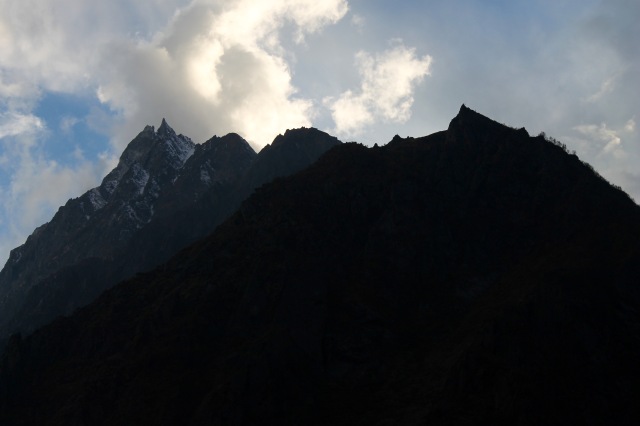
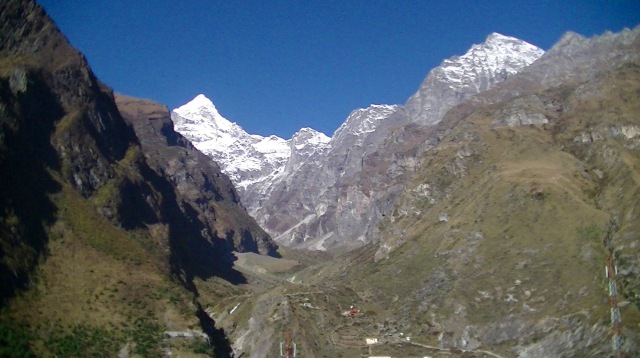
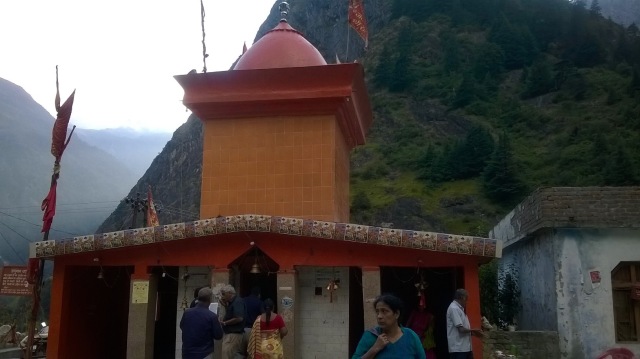



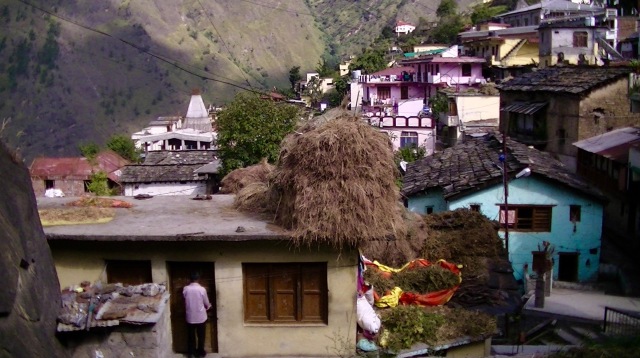
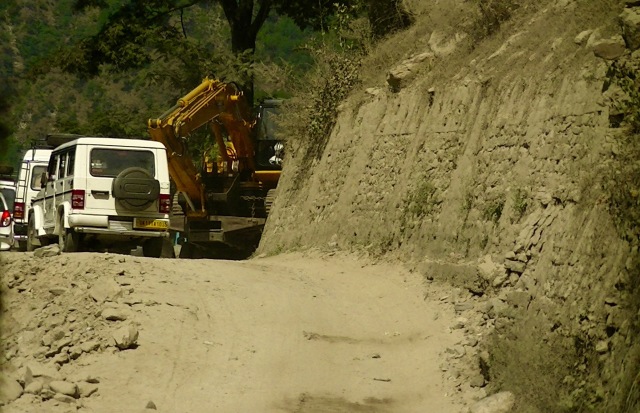
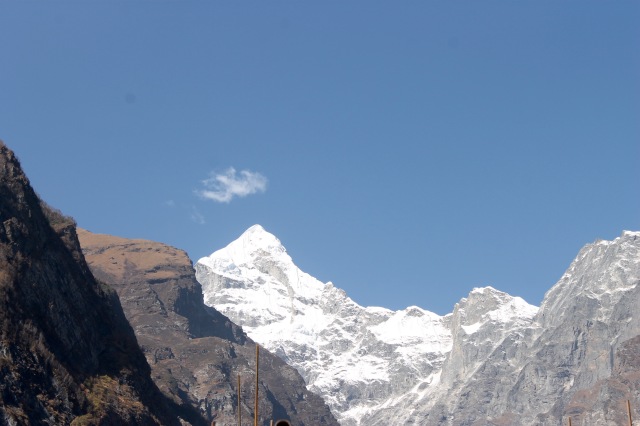
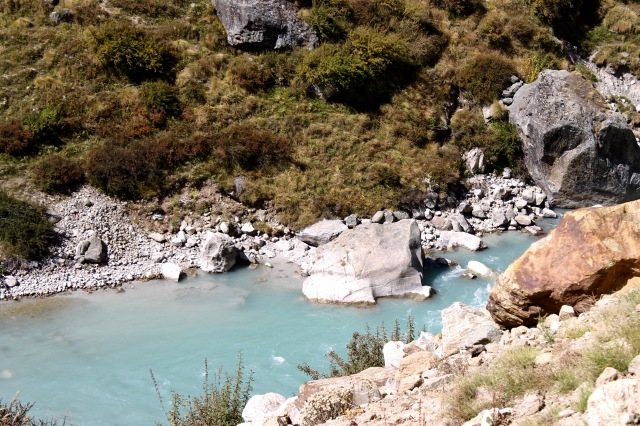
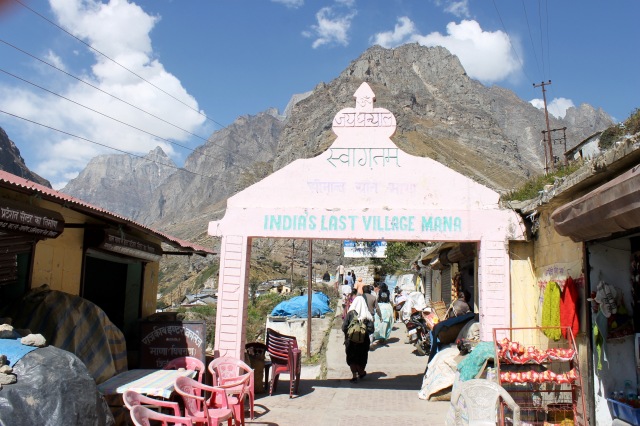






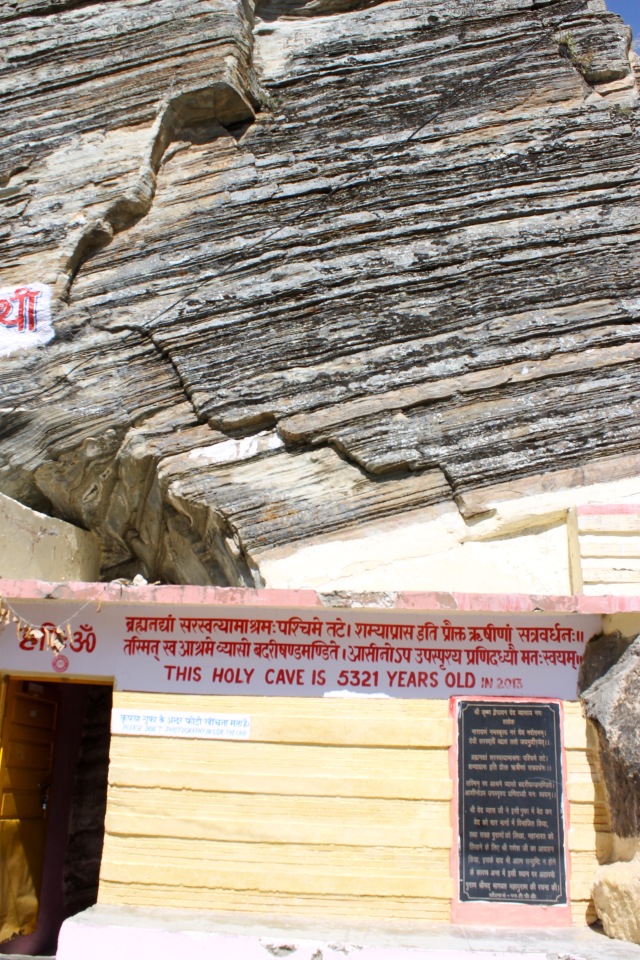
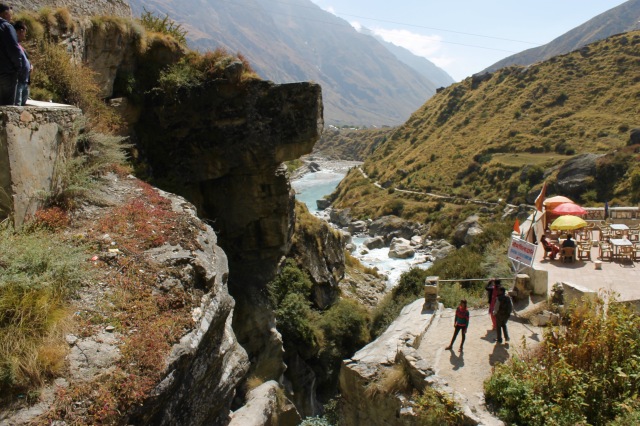

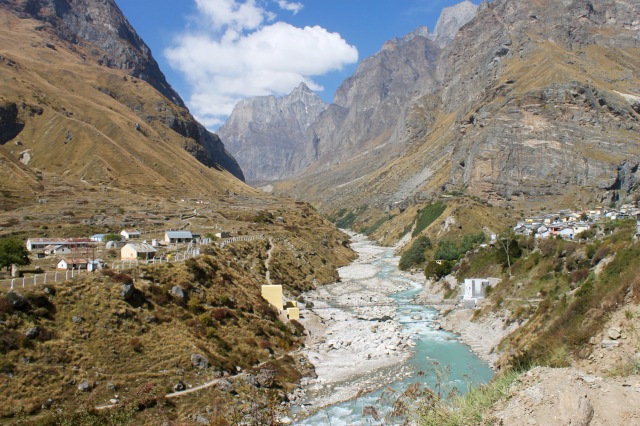
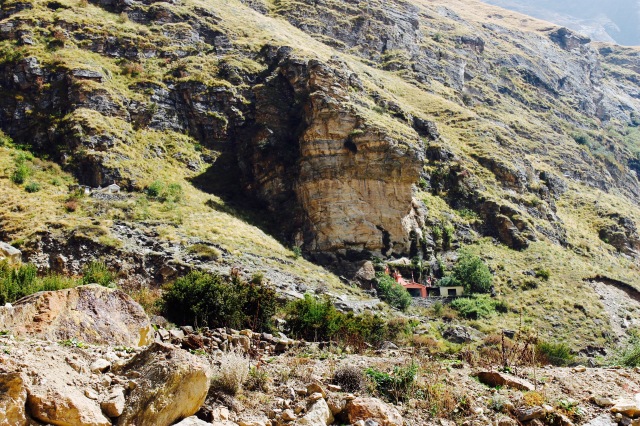
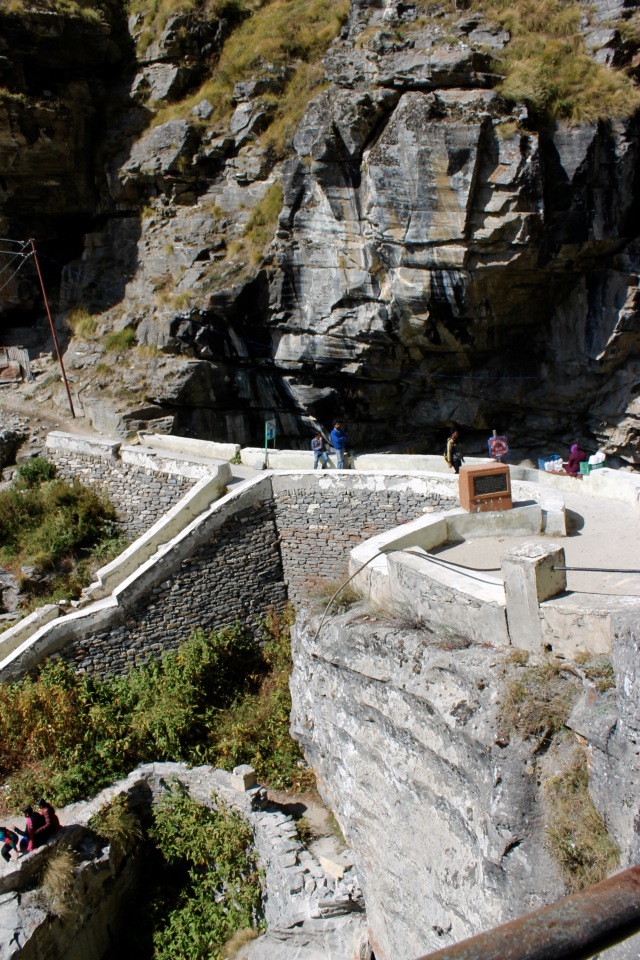

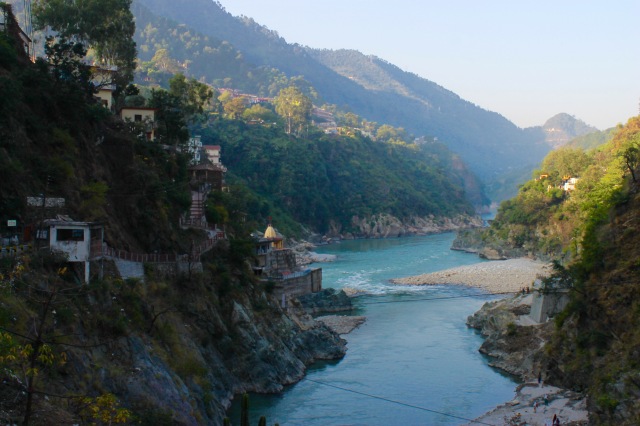
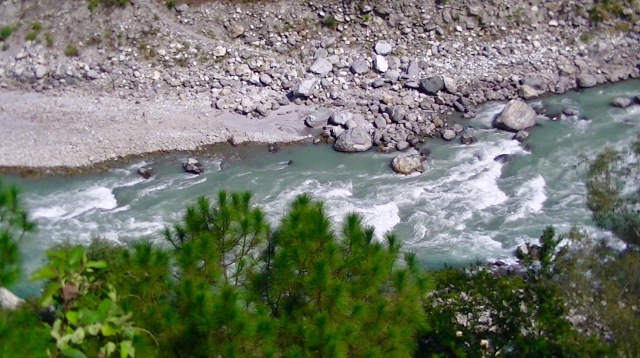
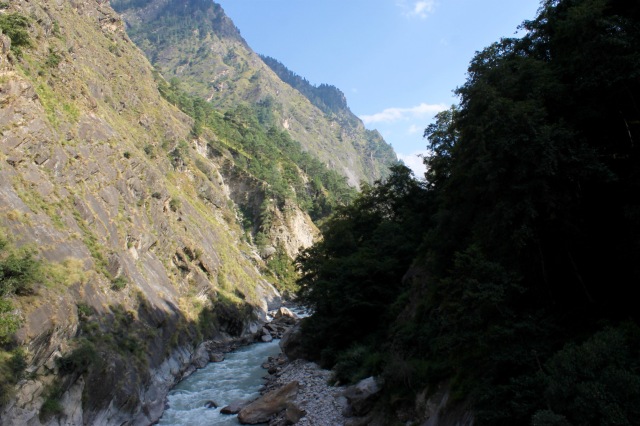
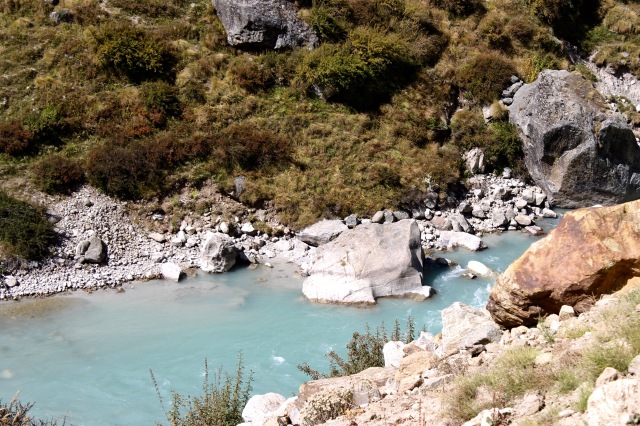

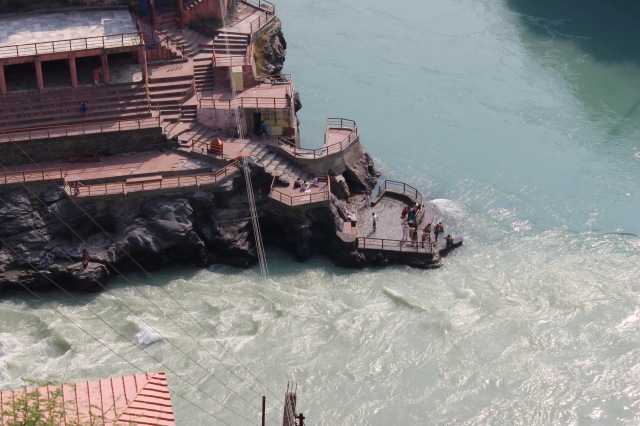
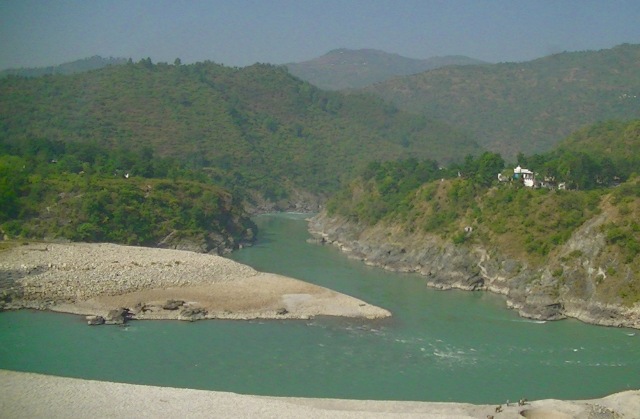
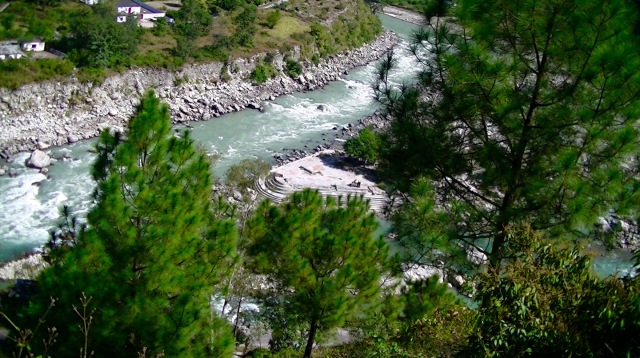
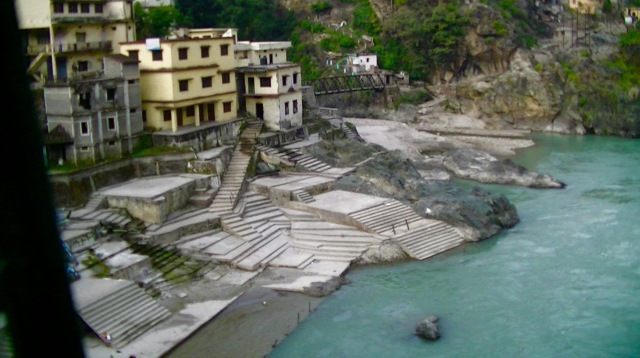
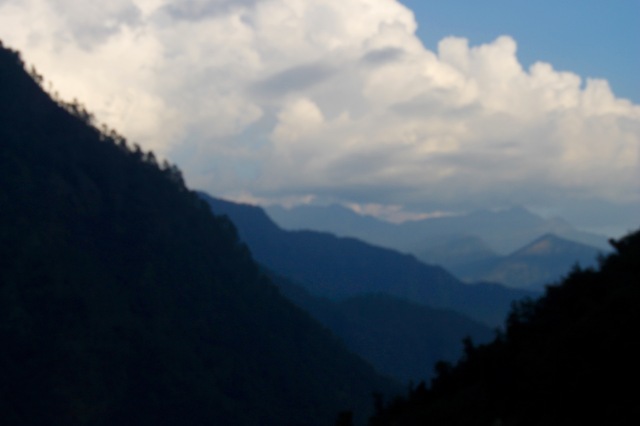
















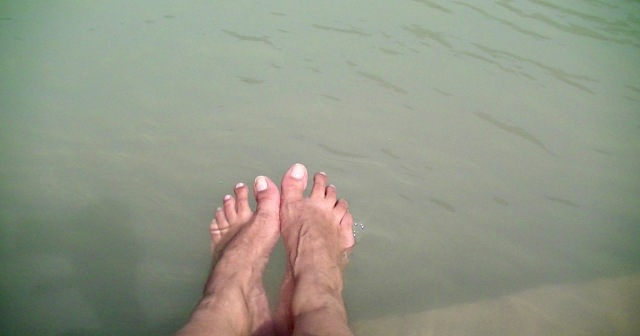
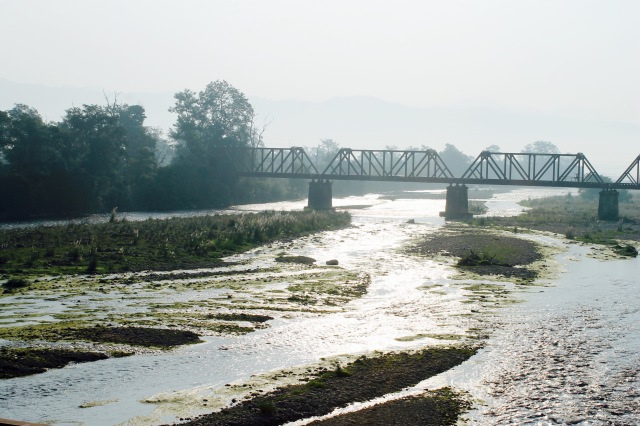
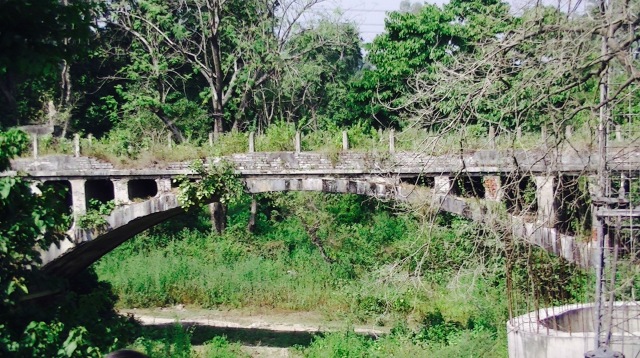


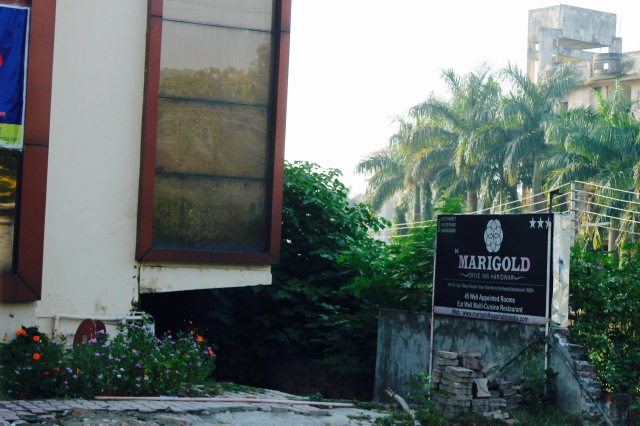
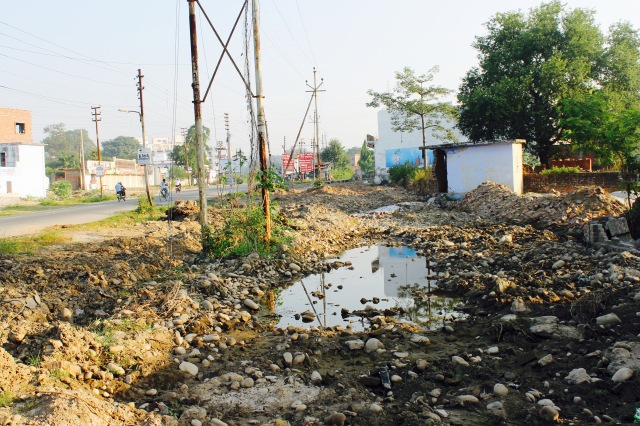
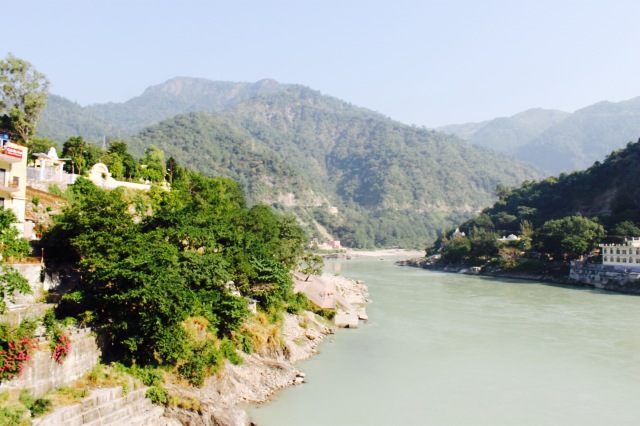
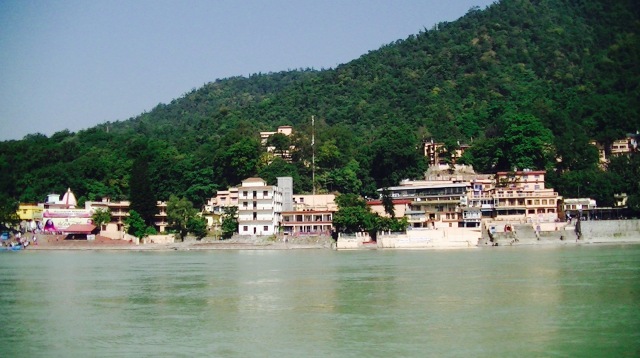 I find it tough now to keep track of all the temples we visited… What I have is my notebook, where I had made random entries – paragraphs, sentences, at times words – to jog my memory. But those notes stop short of specifics. My bad.
I find it tough now to keep track of all the temples we visited… What I have is my notebook, where I had made random entries – paragraphs, sentences, at times words – to jog my memory. But those notes stop short of specifics. My bad. 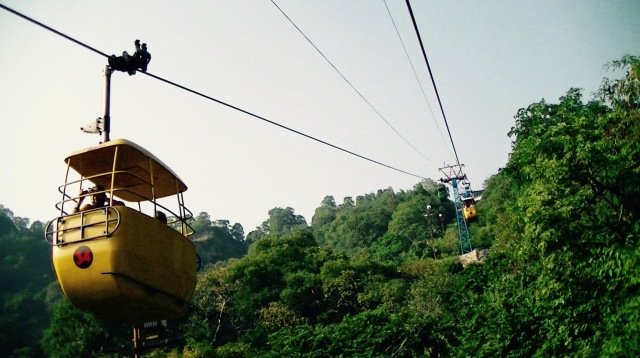
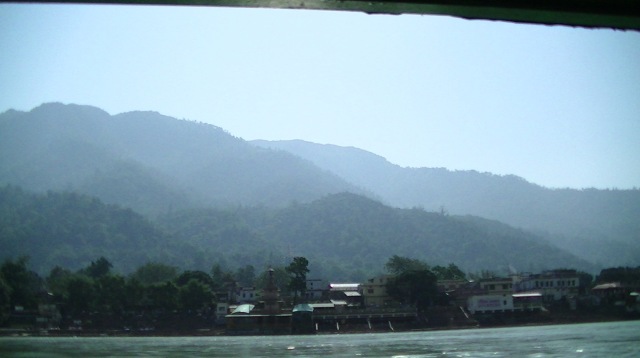
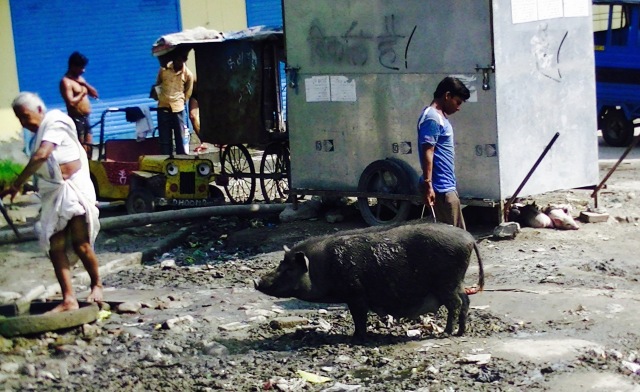
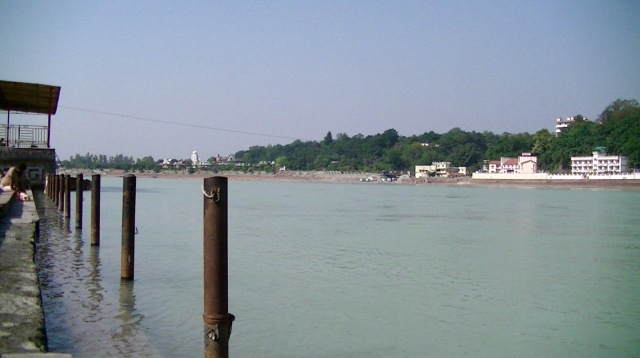
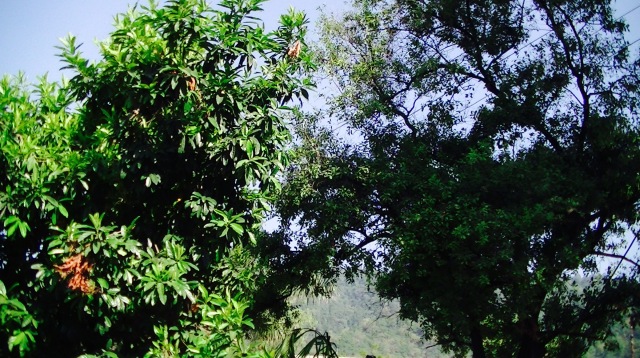
 Ganga at Brahma Kund – Haridwar
Ganga at Brahma Kund – Haridwar